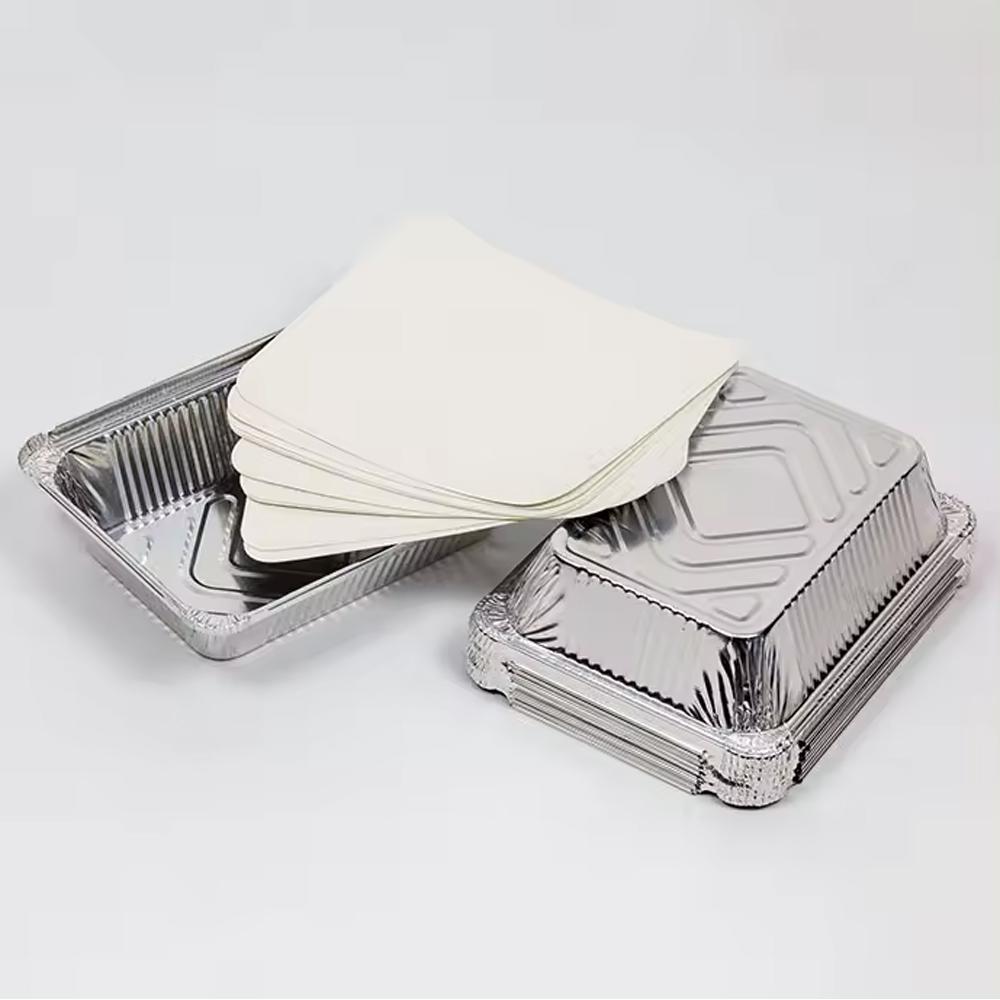Introduction
Ah, aluminum foil—a kitchen staple that has sparked countless debates! One of the most persistent questions in the culinary world is whether to place the shiny side up or down when cooking. Is there really a difference? This article will unveil the mysteries of foil usage, explore the science behind it, and guide you to make informed decisions in the kitchen.
Understanding Aluminum Foil
What Is Aluminum Foil Made Of?
Aluminum foil is a thin sheet of aluminum that is rolled into extremely thin layers. This metal is not only lightweight but also malleable, making it perfect for a variety of culinary applications.
The Manufacturing Process: From Roll to Roll
The process begins with large aluminum slabs that are heated and rolled multiple times to achieve the desired thickness. The final product is a foil that is typically about 0.016 mm thick. This intricate manufacturing process is what gives aluminum foil its unique properties.
The Two Sides of Foil
Shiny Side vs. Dull Side: What’s the Difference?
The distinction between the shiny and dull sides of aluminum foil arises during the manufacturing process. The shiny side is the result of the final pass through polished rollers, while the dull side is less reflective due to being rolled in contact with other sheets.
How Each Side Affects Cooking
But does it really matter which side faces up? Surprisingly, yes! The shiny side reflects heat, while the dull side absorbs it. This subtle difference can influence cooking times and outcomes.
Conductivity and Heat Reflection
The Science of Heat Reflection
The shiny side’s reflective properties can help to reduce cooking times, particularly in baking and roasting. Reflectivity plays a significant role in how heat is distributed around the food, making this a vital consideration in your cooking endeavors.
Which Side Reflects More Heat?
Tests have shown that the shiny side reflects about 80% of radiant heat, while the dull side reflects approximately 70%. This means that using the shiny side can potentially yield quicker cooking results.
Practical Applications
Cooking Techniques: Roasting, Baking, and Grilling
Whether you’re roasting vegetables, baking a cake, or grilling meats, the choice of foil side can affect the cooking process. For instance, when baking, using the shiny side up can create a more evenly cooked dish.
Food Storage: Best Practices with Foil
When it comes to food storage, the shiny side can be beneficial as well. Wrapping food in shiny foil may help maintain temperature and freshness longer than dull foil.
Shiny Side Up: Benefits and Uses
When to Use the Shiny Side
Opting for the shiny side up can be particularly advantageous when cooking items that benefit from heat reflection, such as baked goods. It can lead to a more golden-brown crust and prevent overcooking.
Cooking Scenarios That Benefit from Shiny Side
Roasting vegetables or meats? Use the shiny side to enhance browning and caramelization. It’s especially effective when you want to achieve that perfect crispy exterior.
Dull Side Up: Benefits and Uses
When to Use the Dull Side
Conversely, the dull side is best for situations where you want to absorb heat, like when covering dishes in the oven. This helps to trap moisture and steam, creating a more tender result.
Cooking Scenarios That Benefit from Dull Side
For braising or slow-cooking, the dull side up can promote the necessary environment for moisture retention, yielding succulent outcomes.
Common Misconceptions
Debunking the Myths About Foil Usage
Many believe that the only difference between the sides is aesthetic, but the science tells a different story. Understanding these nuances can significantly improve your cooking results.
The Role of Aluminum in Cooking
Another myth is that aluminum foil can leach harmful chemicals into food. Research indicates that while aluminum can migrate into food, it’s generally considered safe in cooking applications.
Environmental Considerations
The Sustainability of Aluminum Foil
As we become more eco-conscious, the sustainability of aluminum foil is worth discussing. Aluminum is recyclable, and many companies are working towards reducing environmental impact in production.
Recycling: How to Dispose of Foil Properly
After use, clean aluminum foil can be recycled, but make sure to remove any food residue. Check your local recycling guidelines to ensure proper disposal.
Conclusion
In conclusion, whether you choose shiny side up or down, understanding the science behind aluminum foil can enhance your cooking experience. Both sides have their unique benefits, and knowing when to use each can lead to better culinary outcomes. So, the next time you reach for that roll of foil, you’ll be armed with the knowledge to make the best choice for your dishes.

